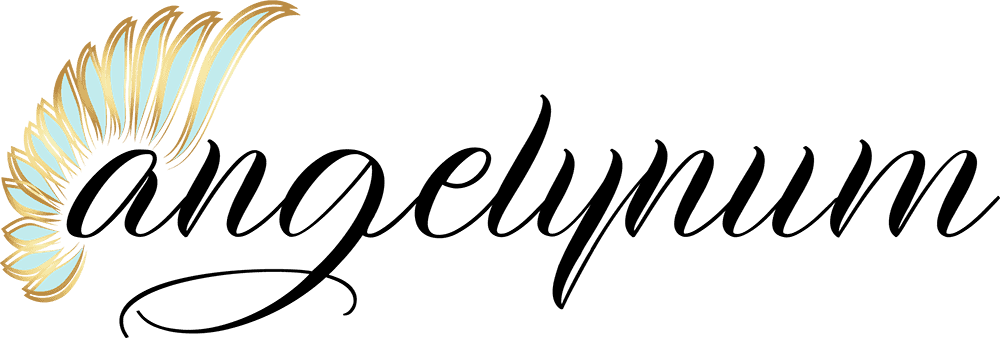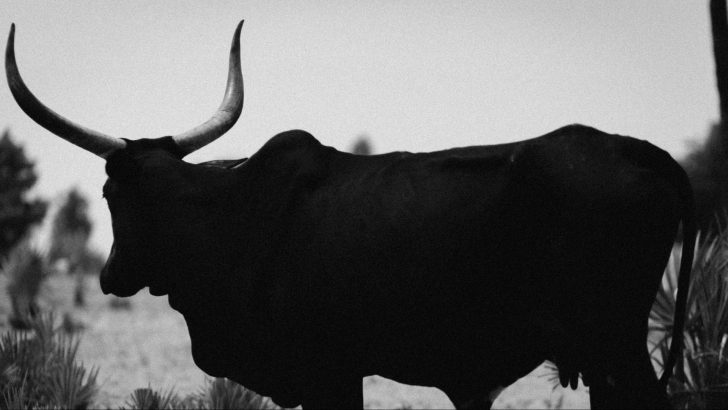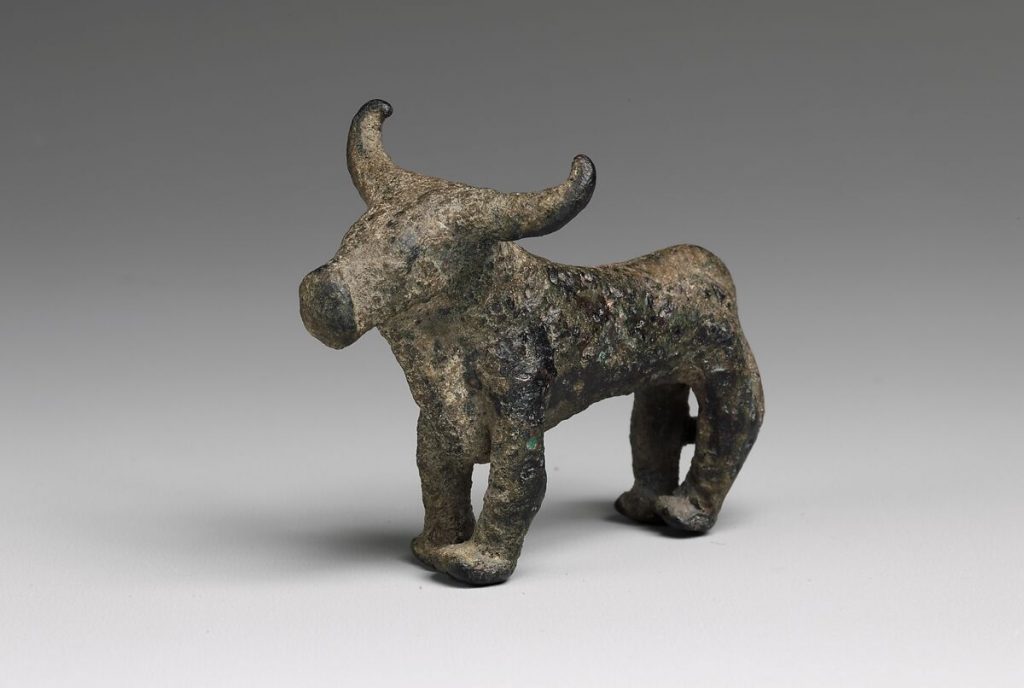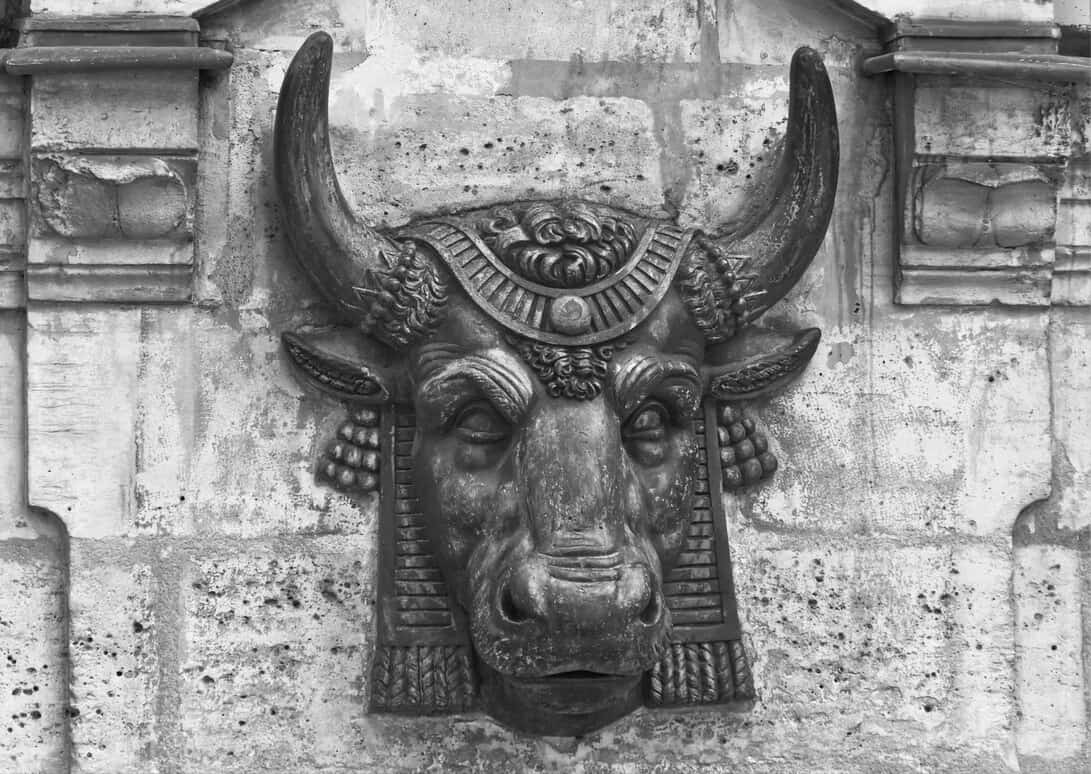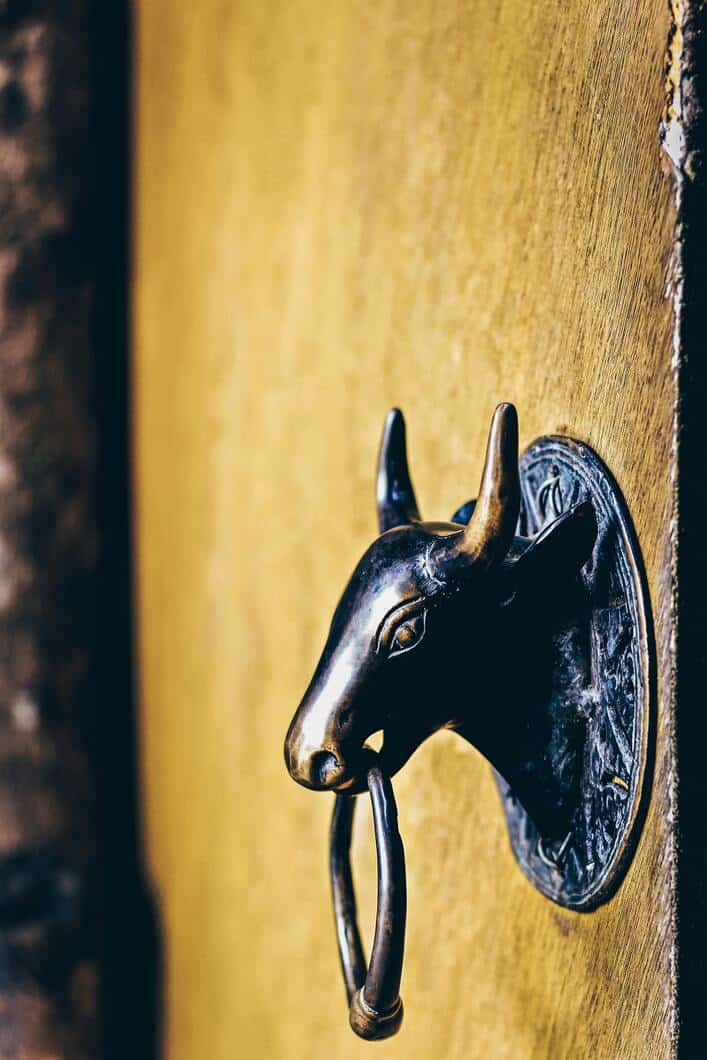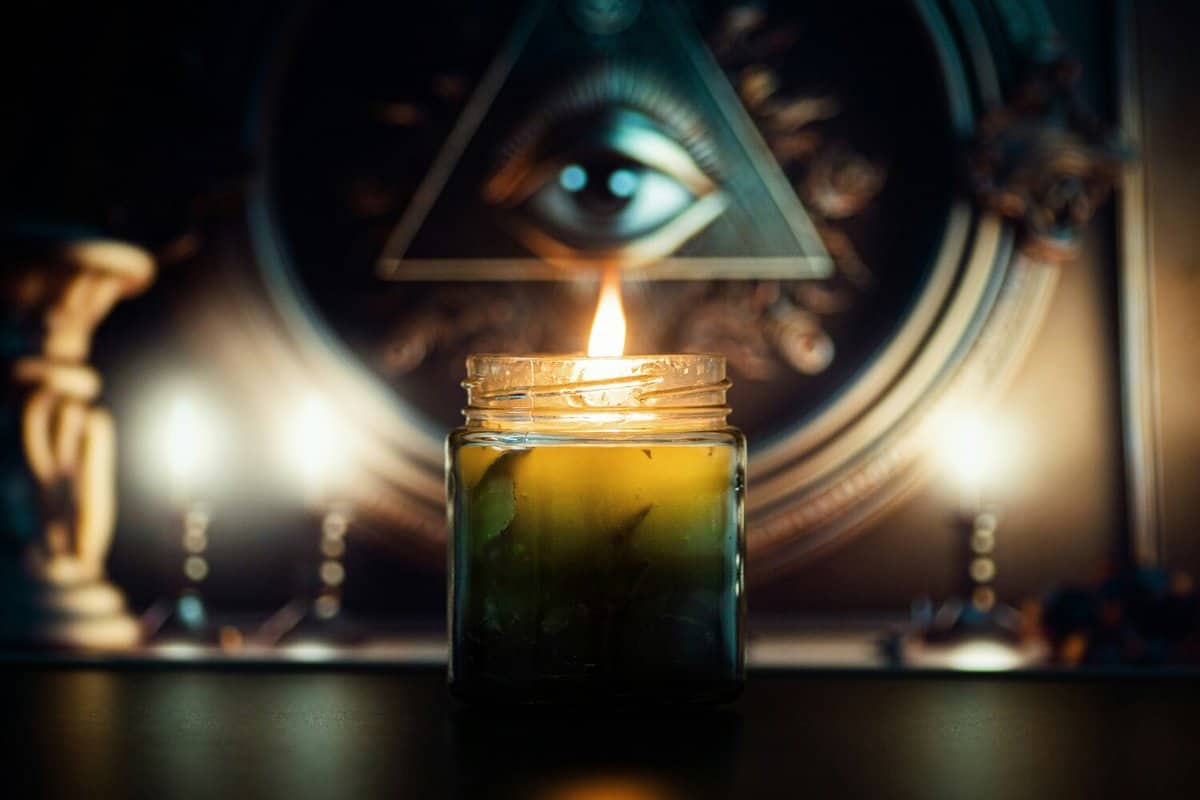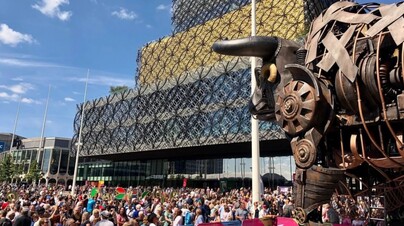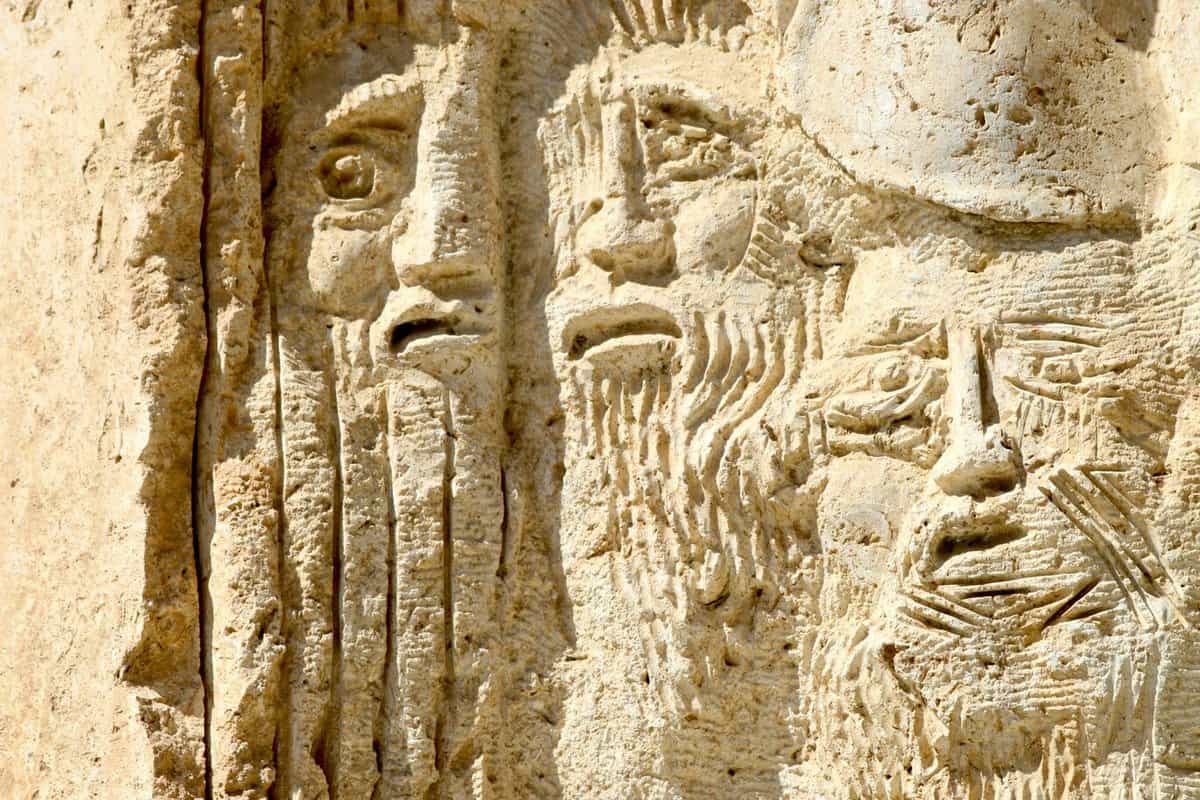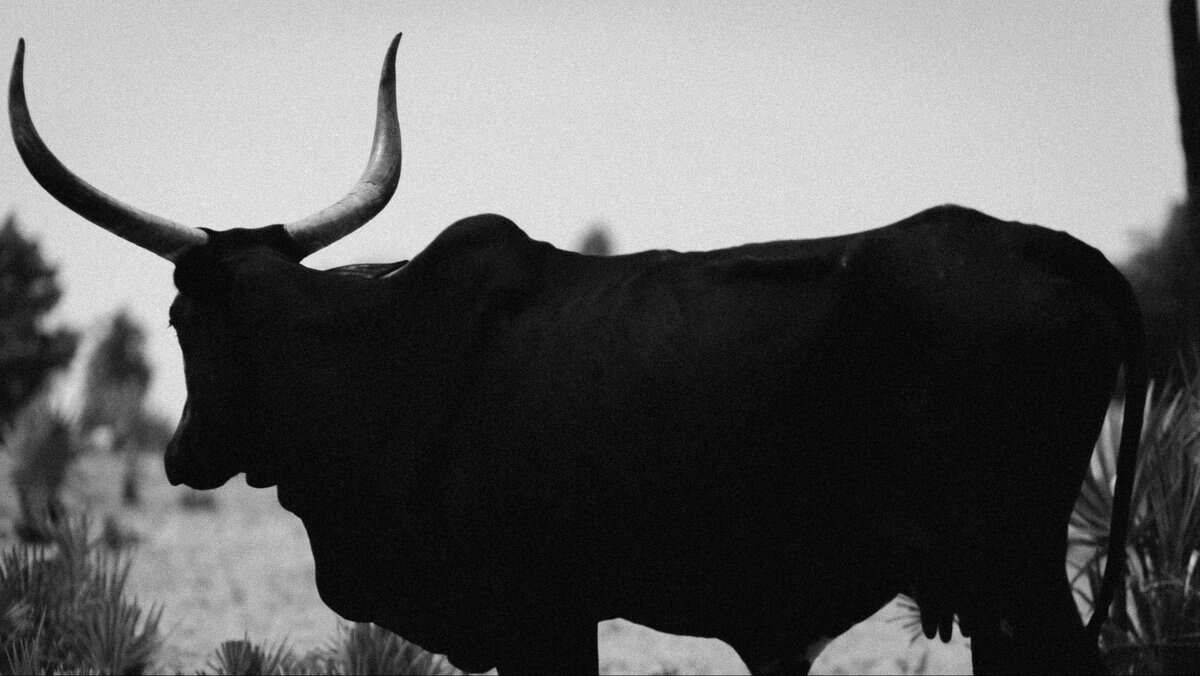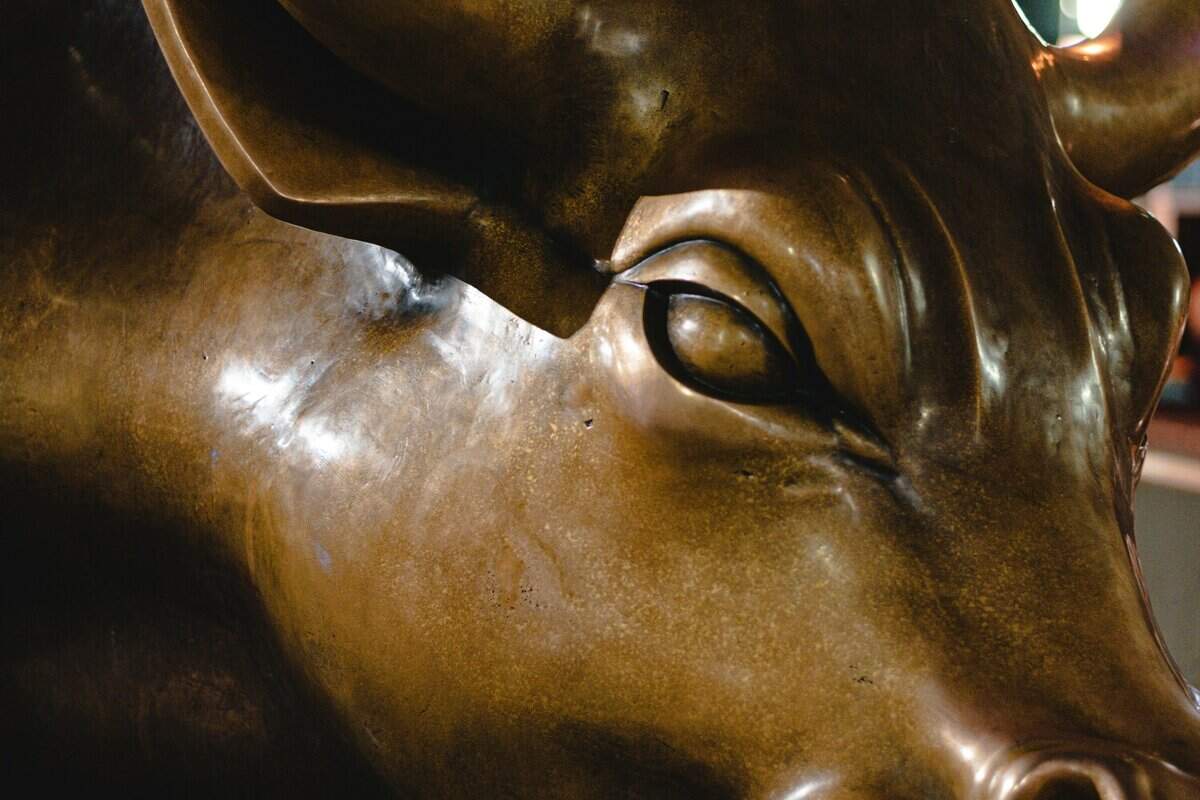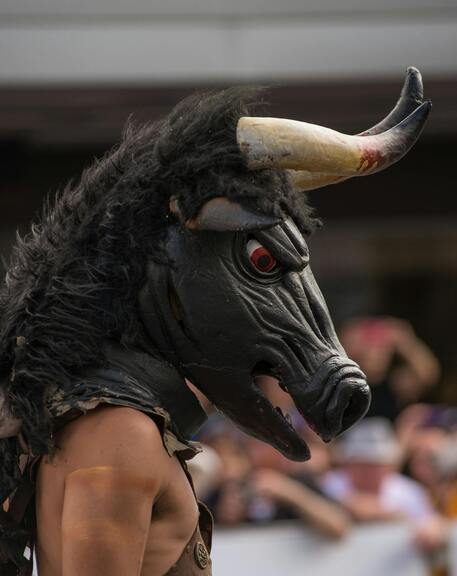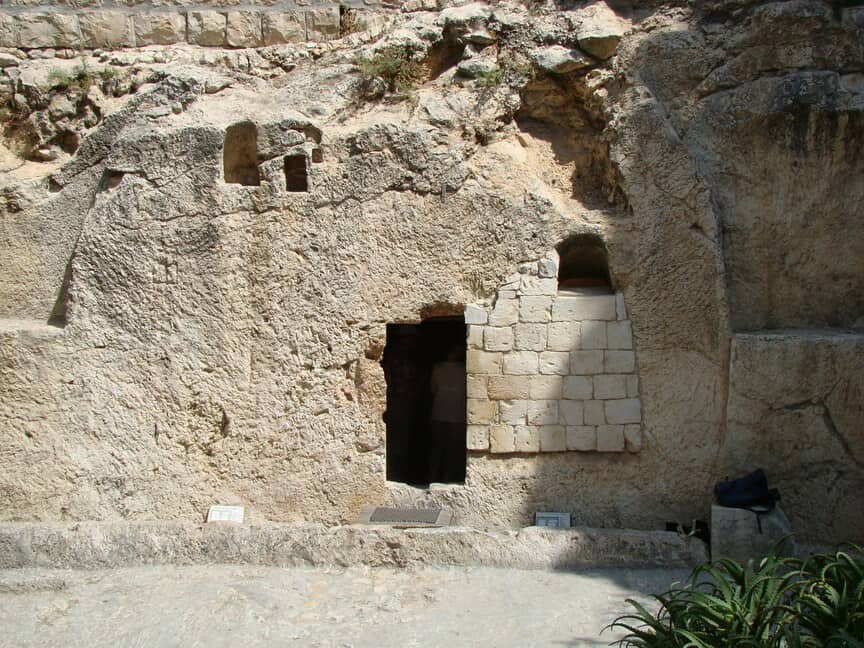Moloch Baal worship is really dark stuff, dating back to ancient times.
It’s associated with brutal rituals where people, and even children, were sacrificed to this terrifying god of fire and death.
The idea is incredibly creepy, rooted in sacrificing your own to gain favor or power.
It’s considered one of the scariest religions because of its violent, bloody history and the way it preys on fear and desperation.
Over the centuries, it’s become a symbol of pure evil, representing the worst humanity has ever done. That’s why it’s one of the most infamous and chilling religions in history.
1. The Dark Origins of the Moloch Baal Cult
In ancient times, Canaanites worshipped Moloch Baal, the terrifying god associated with fire, sacrifice, and chaos.
At times, these names are separated, considered to be different deities, or used as synonyms or different aspects of one god.
The cult believed in offering human sacrifices to appease this wrathful deity, often involving 儿童 or prisoners. The rituals were shrouded in darkness, hidden from non-believers.
Historians say these practices were so gruesome, they sparked fear across civilizations.
Even today, whispers of these ancient rituals make us uneasy. We remember them as the darkest time of human history.
2. Why Was This Deity so Feared?
Moloch and Baal were not just gods – they were symbols of chaos, destruction, and human suffering.
Cultist believed sacrificing to them would bring rain, wealth, power, or favor.
Their worship involved fire, blood, and sometimes grotesque offerings, as an act of ultimate devotion or desperation.
This fearsome reputation made them some of the most feared deities in history.
Even centuries later, the idea of such brutal rituals feels like a dark whisper in the back of our minds, leaving us hopeful that this mythology is just a misunderstood story, twisted by time.
3. The Creepiest Rituals and Symbols
Moloch Ball worshippers often used symbols like the giant bull, fire altars, and carved idols.
One of the most disturbing symbols was the large, horned bull – believed to represent Moloch – used in ceremonies involving fire sacrifices.
These symbols and rites evoke a chilling picture of blind devotion and inhumane practices. Moloch is even said to have inspired the bronze bull torture device.
Today, such symbols still pop up in conspiracy theories, fueling fears that their influence persists in secret underground societies.
4. The Terrifying Connection to Modern Conspiracies
Despite centuries passing, many believe that the worship of Moloch Baal never truly died out.
Conspiracy theorists claim that secret societies, like the Illuminati 或 Freemasons, still honor these dark gods.
They point to modern symbols and rituals – like the colossal bull at the 2022 Commonwealth opening ceremony – as evidence of ongoing Moloch worship.
These theories suggest that powerful elites are still invoking these ancient deities to control us, make us sacrifice our morals, or even manipulate global events.
All of this suggests that Moloch is still a haunting presence in today’s world.
5. The 2022 Commonwealth Bull – A Modern Ritual?
At the 2022 Commonwealth Games opening ceremony, a colossal bull statue was displayed, sparking wild speculation.
Many saw it as a direct nod to Moloch Baal worship – a giant, fire-horned beast reminiscent of ancient sacrifices.
Some believed it was a symbol of power and dominance, cloaked in mystery.
Other say it was an innocuous artpiece, but the timing and imagery make it hard to dismiss as mere coincidence.
This unsettling connection fuels fears that ancient cults are still being 著名的 or subtly referenced in our cultural events, keeping those dark rituals alive.
6. The Creepy Mythology
By far the most disturbing fact about Moloch Baal worship is child sacrifice – an act so brutal it shocks the conscience.
The deity was often depicted as a horned, beast-like figure, symbolizing chaos and destruction.
According to some myths, worshippers believed that sacrificing those most important to them would bring prosperity and protection.
Archeological discoveries of ancient altars stained with burnt offerings reveal a terrifying history of human suffering.
These stories remind us how religion can go too far, turning worship into horrifying acts of violence – acts that still haunt our collective subconscious.
7. Why Is This Deity Still Relevant?
Even today, the idea of worshipping Moloch Baal feels inherently creepy because it taps into our primal fears – sacrifice, extremism, and unseen evil.
The symbols, rituals, and myths evoke a sense of lurking darkness, suggesting that evil can hide behind society’s veneer of civility.
The fact that such practices once existed makes us wonder – could these dark forces still influence our world?
Our fear is rooted in the idea that evil isn’t just myth – it’s an ancient, persistent shadow waiting to re-emerge.
8. The Symbolic of the Bull and Fire
The bull, often associated with Moloch Baal, symbolizes raw power 和 primal violence.
Fire in rituals represented purification, destruction, 和 重生. When combined, these symbols create a terrifying image of chaos and sacrifice.
When used in modern times, like the giant bull at Commonwealth ceremony, these symbols seem to evoke that ancient fear.
They remind us that beneath modern veneer, primal forces are still lurking.
9. The Enduring Power of Darkness in Pop Culture
Throughout history, Moloch Baal has appeared in movies, books, and occult art – each time reinforcing its creepy, powerful image.
From horror films to secret society lore, this dark deity symbolizes ultimate evil.
Its imagery can evoke intense fear because it taps into real historical horrors 和我们的 subconscious fears of chaos and sacrifice.
The more we see these symbols in pop culture, the more we’re reminded that the shadow of these ancient deities still haunts our collective psyche.
It’s an unsettling reminder that darkness never truly goes away.
10. Why Are We Still Scared?
Ultimately, the fear of Moloch Baal persists because it embodies the unknown, the primal, and the forbidden.
Its history of human sacrifice and chaos feels disturbingly real, even in a modern world that prefers to forget.
The symbols, rituals, and conpiracy theories keep that ancient darkness alive, hidden just beneath the surface.
As long as we fear what we don’t understand – evil, sacrifice, and the darkest pits of our own nature – the shadow of Moloch Baal continues to loom.
A little Aquarius, devoted to writing and embroidery. Through my writing, I hope to empower readers to align with their true selves and navigate life’s mysteries with confidence.
